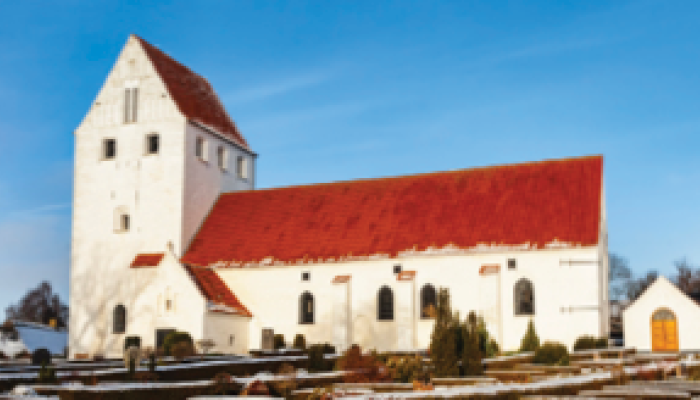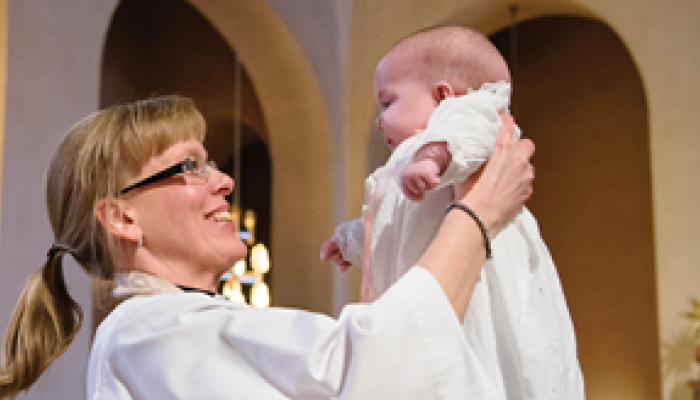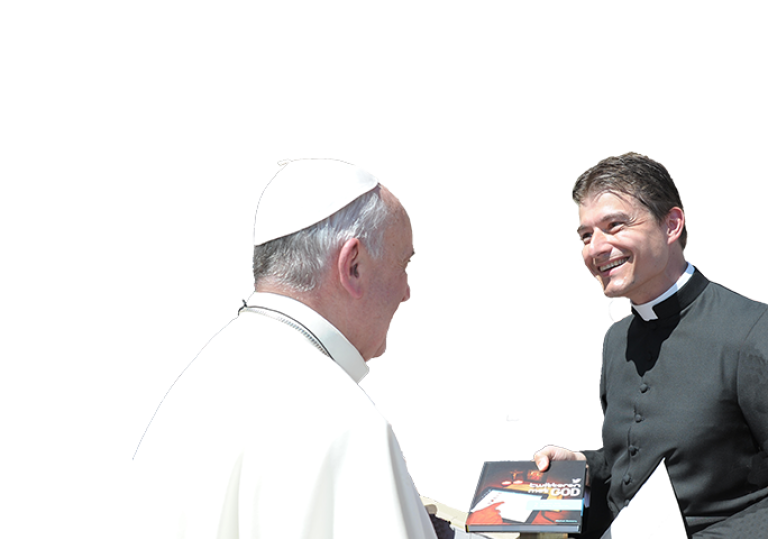
2.49 What happened after the Second Vatican Council?
Most people were enthusiastic about putting the new ideas of the Second Vatican Council into practice. In some countries, including the Netherlands, the focus on change was sometimes excessive, with innovation becoming a goal in its own right instead of a means to strengthen faith in Jesus.
It is noteworthy that particularly in this period a relatively large group of priests and religious broke their vows and withdrew from their religious vocation. However, many new congregations and lay movements were also established in the aftermath of the Council. Many of these congregations and movements are consciously focused on spreading the Gospel of Jesus.
It can be said that Christianity, at its birth, brought the principle of religious freedom into the world. Yet the interpretation of this right to freedom in the context of modern thought was not easy, since it could seem as if the modern version of religious freedom presupposed the inaccessibility of the truth to man and so, perforce, shifted religion into the sphere of the subjective. It was certainly providential that thirteen years after the conclusion of the Council, Pope John Paul II arrived from a country in which freedom of religion had been denied by Marxism, in other words by a particular form of modern philosophy of the State. [Pope Benedict XVI, Reflections on Vatican II, 2 Aug. 2012]





